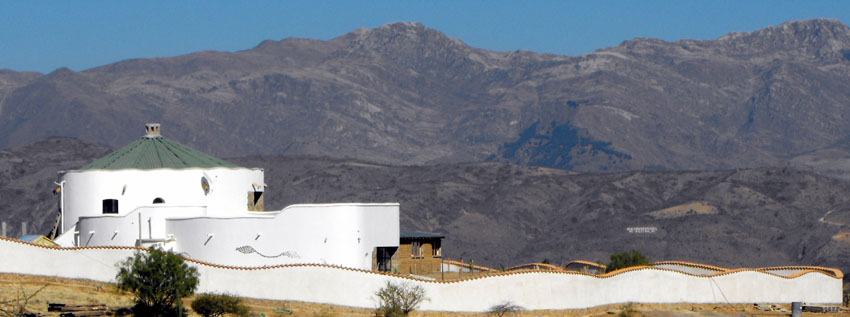
 At last we can stop looking at our adobe piles and start using them to continue the walls!
At last we can stop looking at our adobe piles and start using them to continue the walls!The dirt is sifted through wire mesh then mixed with straw and water to make the mortar that will anchor the adobes in place.
Our master craftsman Jeronimo ensures straight lines as he starts the process.

 Ed makes the first of many plywood forms for a small window in the main bedroom to provide ventilation.
Ed makes the first of many plywood forms for a small window in the main bedroom to provide ventilation.
The 70 cm walls will keep the house warm in the winter evenings and cool in the summer. Additionally, they will need to be sturdy to support the flat concrete roof.

The wall grows quickly, the window form is in place, but there is still a long way to go....................























